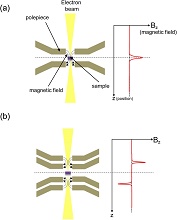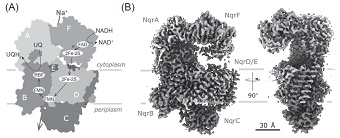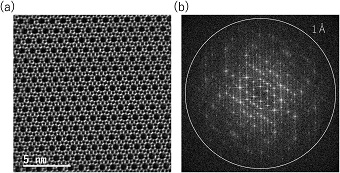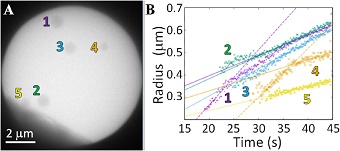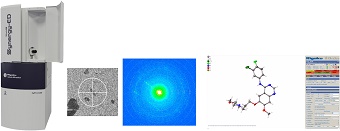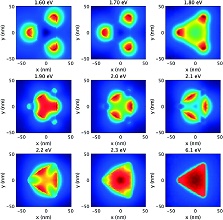Volume 66, Issue 12
Special Feature : State-of-the-art Technology in Transmission Electron Microscopy
Displaying 1-12 of 12 articles from this issue
- |<
- <
- 1
- >
- >|
Preface
-
Article type: Preface
2023 Volume 66 Issue 12 Pages 681
Published: December 10, 2023
Released on J-STAGE: December 10, 2023
Download PDF (342K)
Special Feature : State-of-the-art Technology in Transmission Electron Microscopy
-
Article type: Introduction
2023 Volume 66 Issue 12 Pages 682
Published: December 10, 2023
Released on J-STAGE: December 10, 2023
Download PDF (231K) -
Article type: Current Topics
2023 Volume 66 Issue 12 Pages 683-688
Published: December 10, 2023
Released on J-STAGE: December 10, 2023
Download PDF (8949K) -
Article type: Current Topics
2023 Volume 66 Issue 12 Pages 689-694
Published: December 10, 2023
Released on J-STAGE: December 10, 2023
Download PDF (3045K) -
Article type: Current Topics
2023 Volume 66 Issue 12 Pages 695-699
Published: December 10, 2023
Released on J-STAGE: December 10, 2023
Download PDF (6835K) -
 Article type: Current Topics
Article type: Current Topics
2023 Volume 66 Issue 12 Pages 700-705
Published: December 10, 2023
Released on J-STAGE: December 10, 2023
-
Article type: Current Topics
2023 Volume 66 Issue 12 Pages 706-710
Published: December 10, 2023
Released on J-STAGE: December 10, 2023
Download PDF (2018K) -
Article type: Current Topics
2023 Volume 66 Issue 12 Pages 711-718
Published: December 10, 2023
Released on J-STAGE: December 10, 2023
Download PDF (3659K) -
Article type: Review
2023 Volume 66 Issue 12 Pages 719-724
Published: December 10, 2023
Released on J-STAGE: December 10, 2023
Download PDF (6243K)
Report
Conference Report
-
Article type: Report
2023 Volume 66 Issue 12 Pages 725
Published: December 10, 2023
Released on J-STAGE: December 10, 2023
Download PDF (587K) -
Article type: Report
2023 Volume 66 Issue 12 Pages 726
Published: December 10, 2023
Released on J-STAGE: December 10, 2023
Download PDF (973K)
News & Trends
-
Article type: News & Trends
2023 Volume 66 Issue 12 Pages 727
Published: December 10, 2023
Released on J-STAGE: December 10, 2023
Download PDF (329K)
- |<
- <
- 1
- >
- >|

